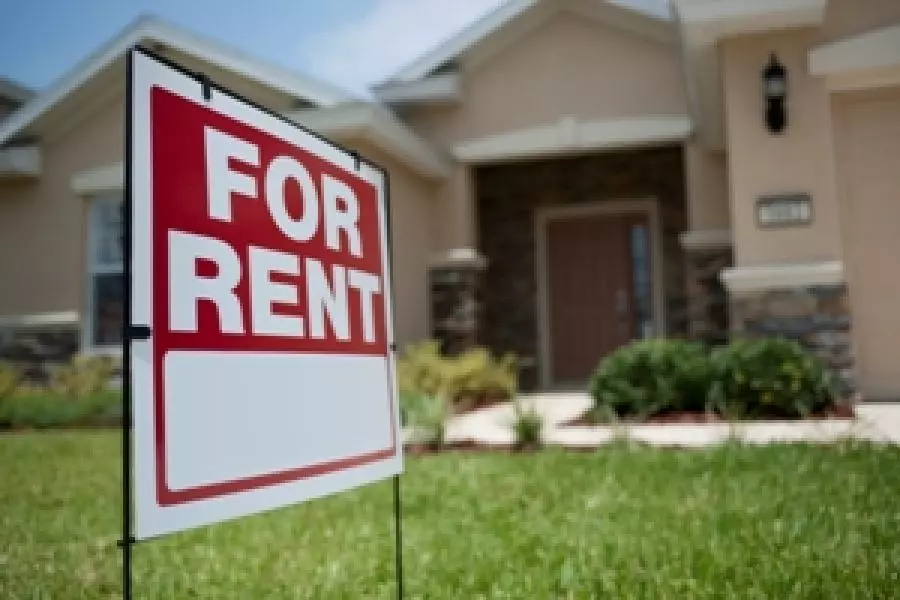News
Investors federation has plans to fix rental crisis

Tuesday 3rd of May 2022
The critical parts of the plan include:
- The establishment of a long-term tenancy option based on the German tenancy system, giving greater security of tenure for tenants.
- The return of mortgage interest costs as a legitimate tax-deductible expense.
- The repeal of ring-fencing restrictions.
- The return of the Brightline test to two years.
- The...
Want to read the full article?Click the button below to subscribe and will have unlimited access to full article and all other articles on the site.






![[The Wrap] Bye Bye Bayly](https://goodreturns.publit.io/file/c_fill,w_900,h_600/39f23ac1-f7c7-4854-b700-a150004ebbac.webp)


